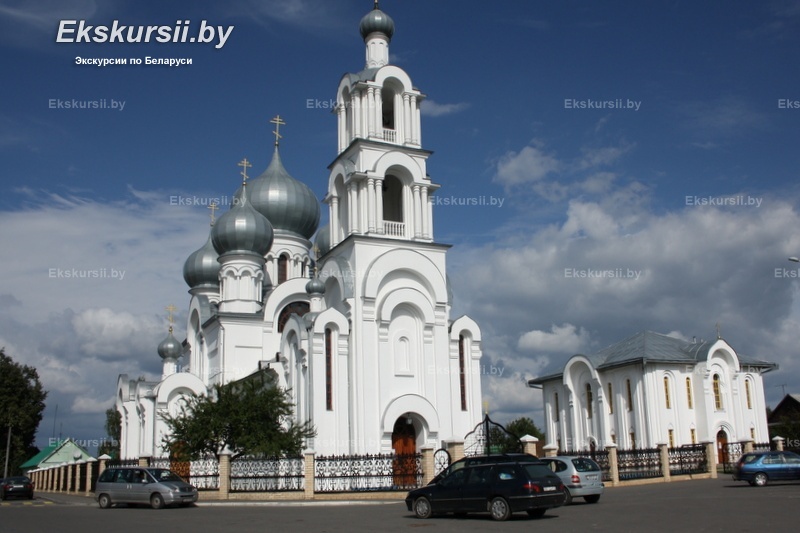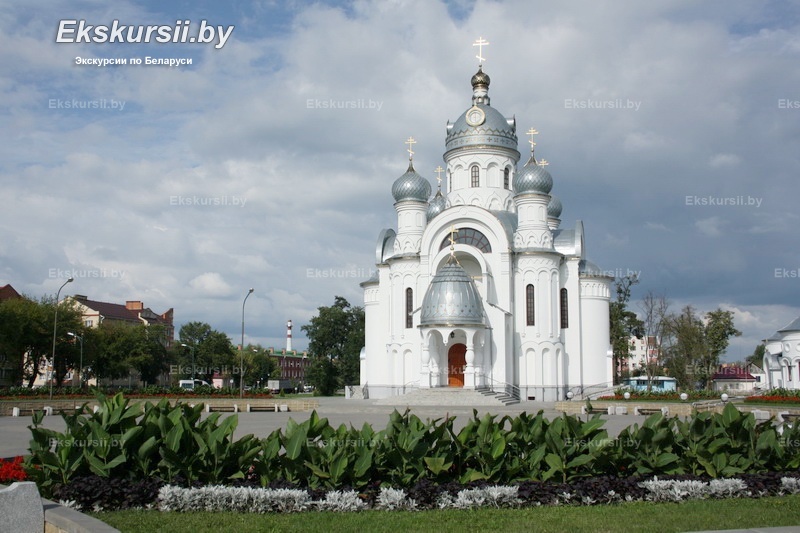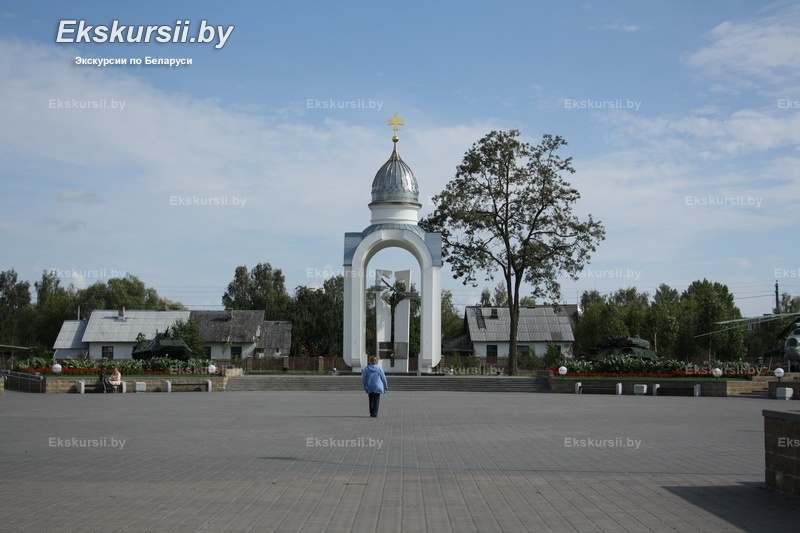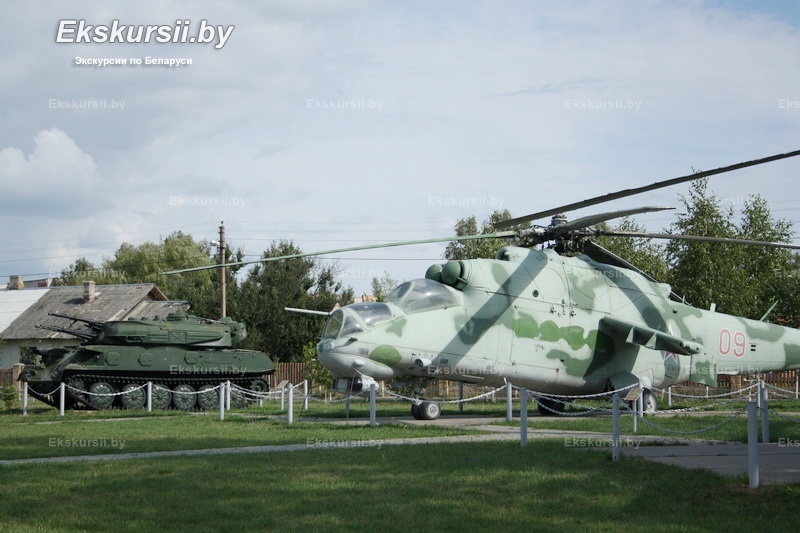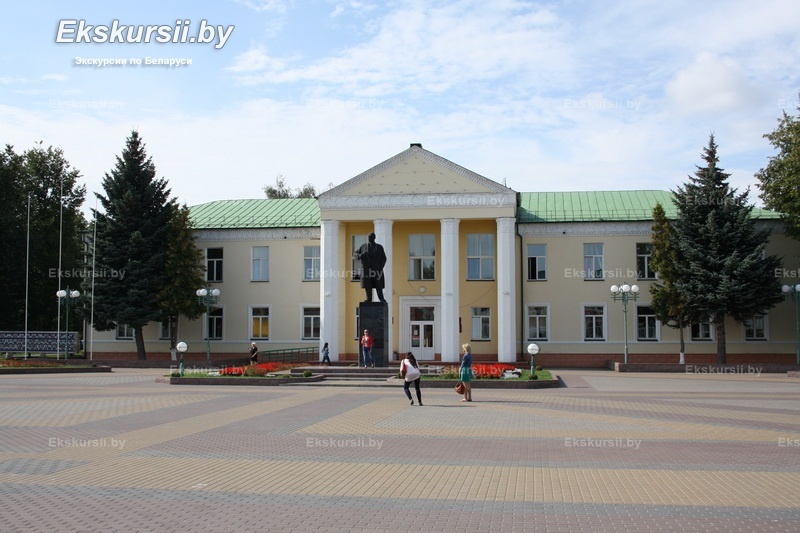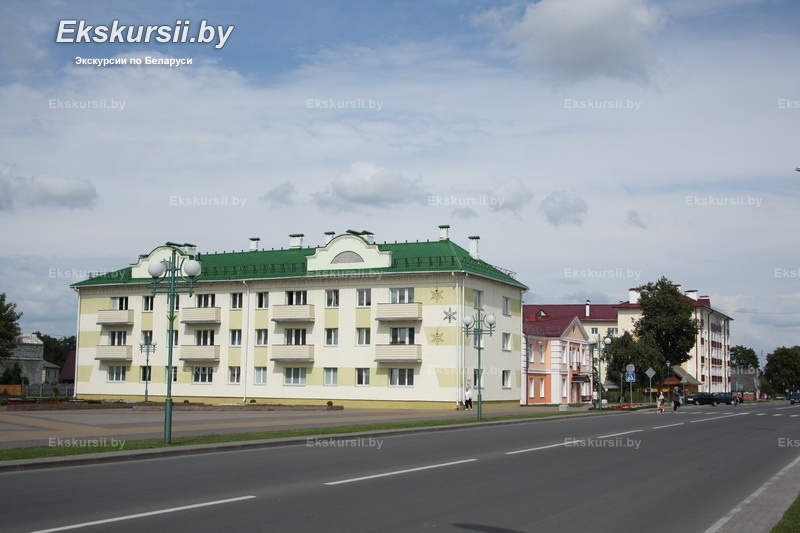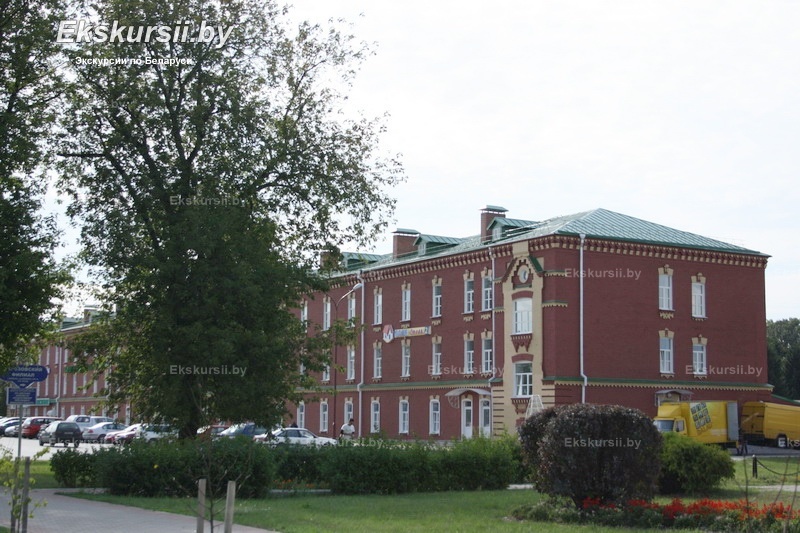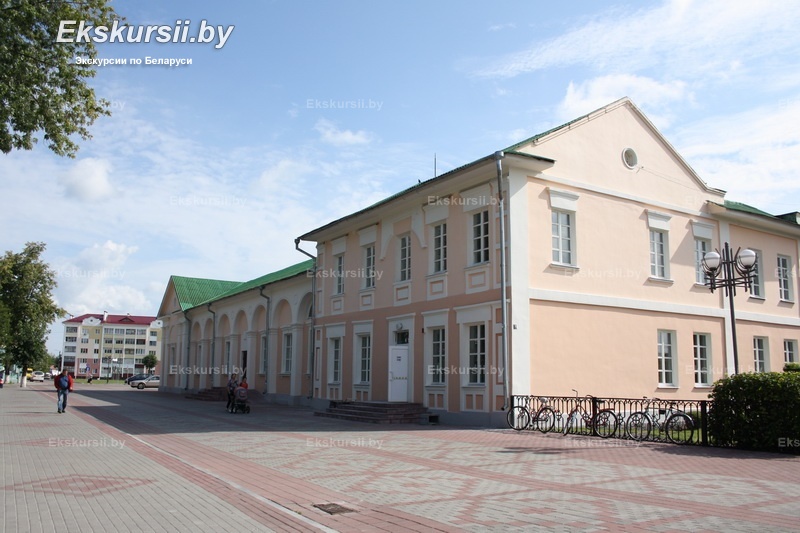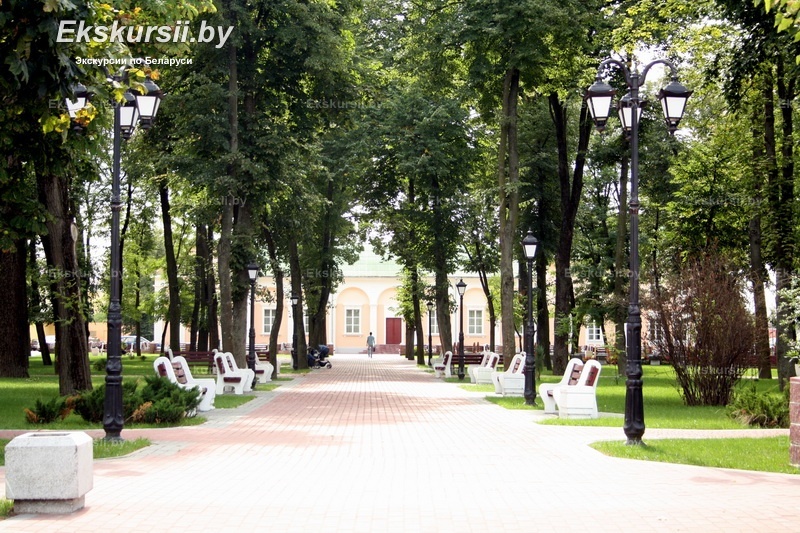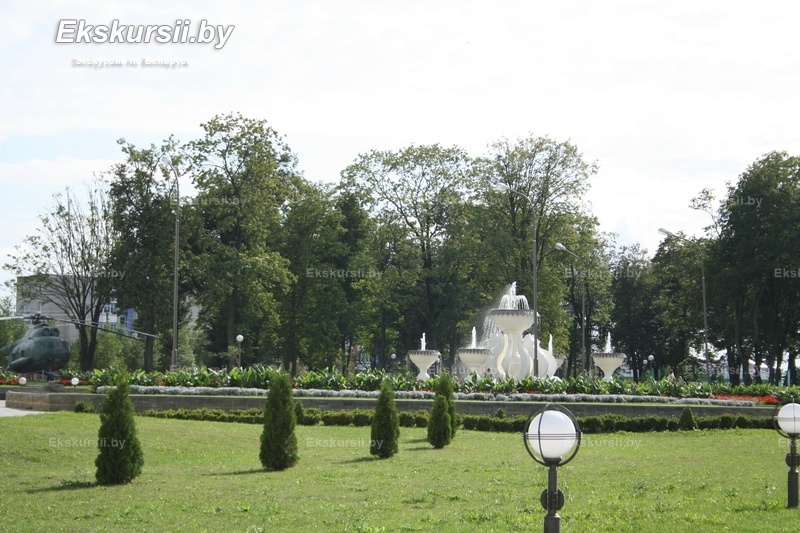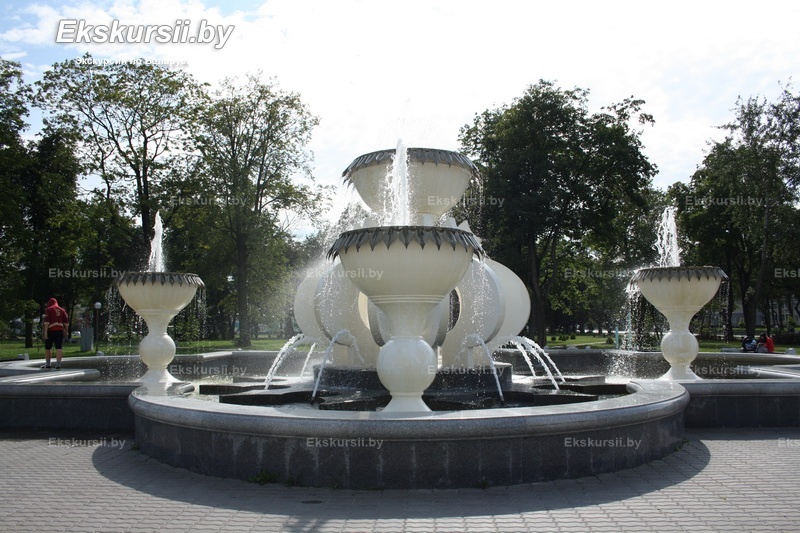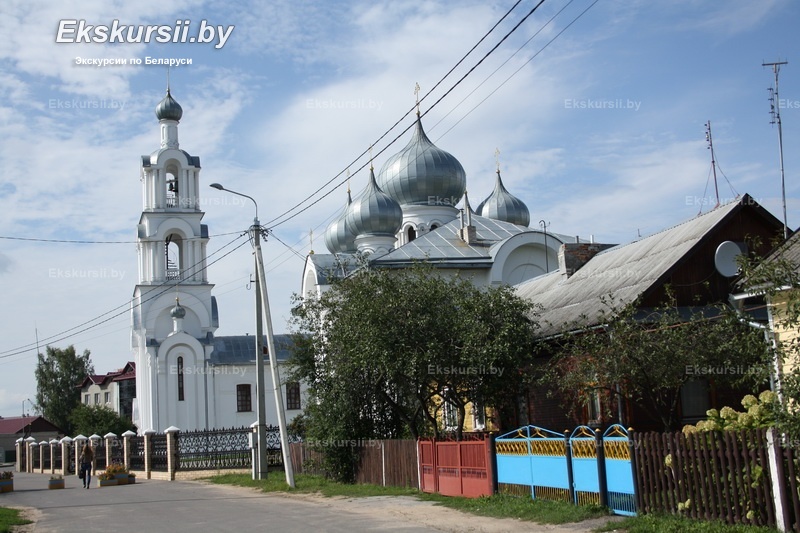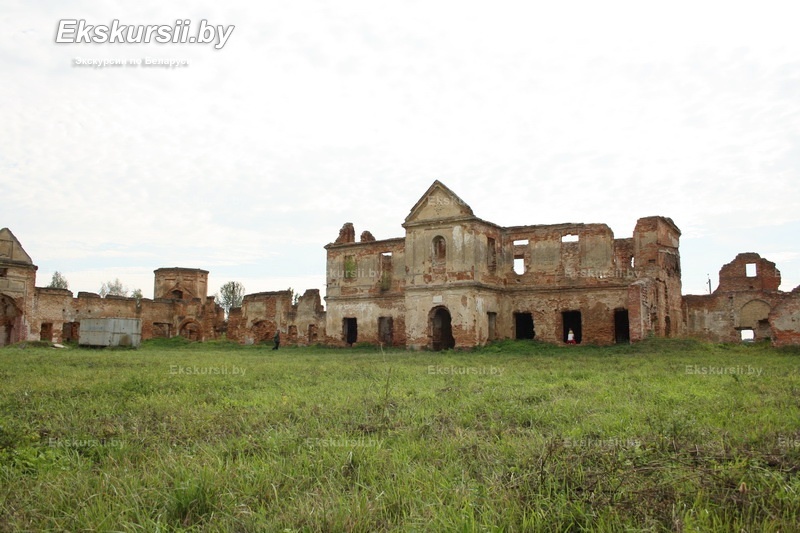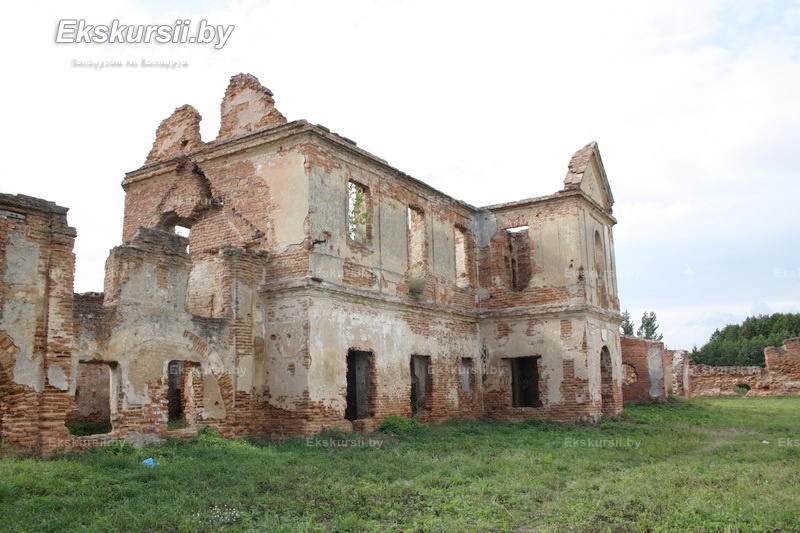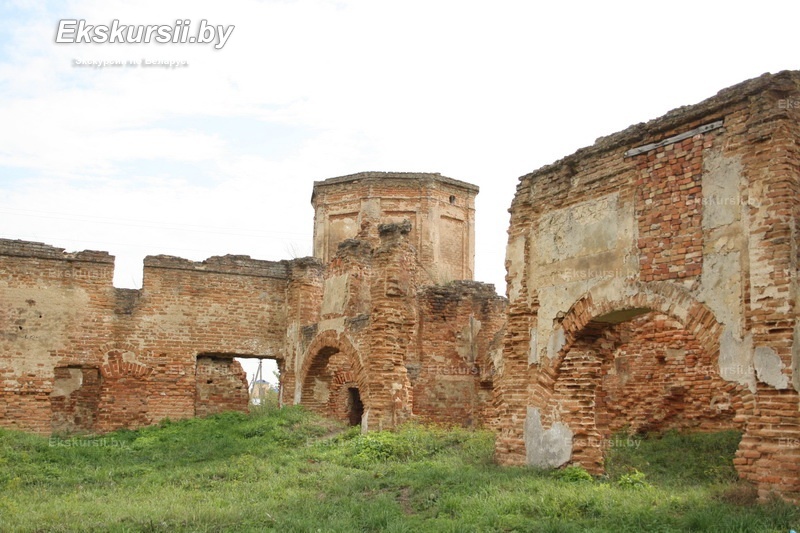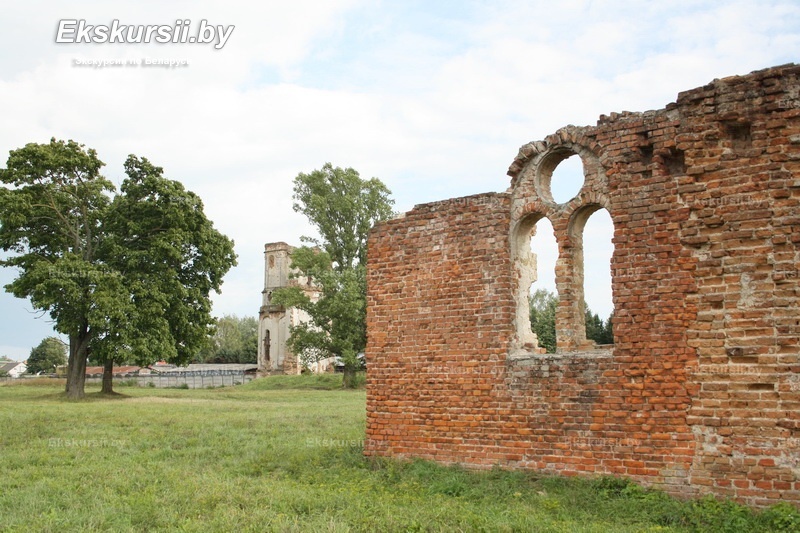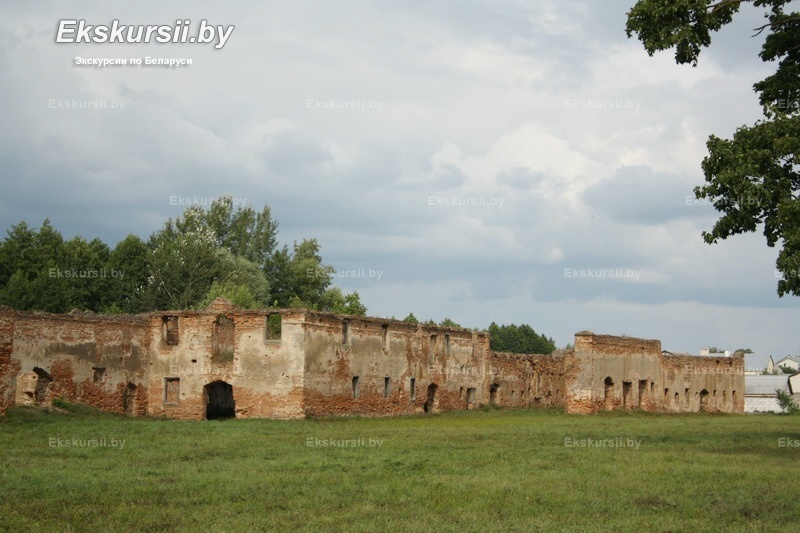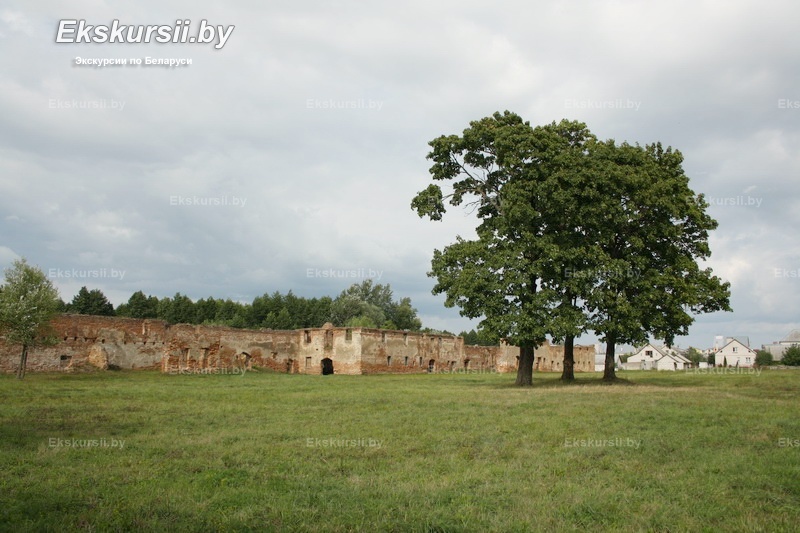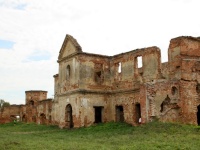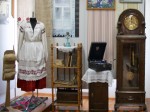History of the development
The first written mention of Beroza dates from 1477 and is related to the fact that the owner of the village, Jan Gamshey, founded the Church of the Holy Trinity here. By the end of the XV century, Beroza became a large trading settlement and was entitled to hold a weekly fair. In the period from 1538 to 1600 The village was a major center of Calvinism in the Belarusian lands. In 1617 the town becomes the property of the Chancellor of the Grand Duchy of Lithuania Leo Sapega, who immediately begins to develop and develop Beroza in his own way. Leo Sapega laid the new church, and in 1629 allowed the local Jewish population to open their school and synagogue. After the death of Lev Sapieha, the estate in Beroza is transferred to his eldest son, Jan Sapega, and then to his younger brother, Kazimir Lev Sapega. The latter was distinguished by great devotion. Kazimier Lion Sapieha is the founder of the Carthusian monastery in Beroza.
The foundation stone of the monastery was laid in 1648, however, the Cossack war, which began in the same year, was also prevented by the death of Vladislav IV, the king of the Commonwealth. Only in 1650 in Warsaw, an act was signed, testifying to the foundation of the monastery of the Cartesian (Carthusian) monastic order. The construction of the monastery in Beroza was completed in 1689. Thanks to the name of the monastery and the monastic order, the town received a new name - Beroza-Kartuzskaya. Construction of a large Christian center contributed to the development of trade and crafts in the town. Over time, the monastery in Beroza became one of the largest in the entire Polish–Lithuanian Commonwealth. The monastery complex consisted of a church building, monastic cells, a refectory, a library, a hospital, a pharmacy and outbuildings. In addition, the monastery was surrounded by a moat and a stone wall with watchtowers, therefore it was also an excellent defensive structure.
During the Northern War (1700-1721), the Beroza Kartuzian monastery was besieged by the Swedes in 1706. As a result of the siege, the monastery was taken by storm, captured and ransacked. The second time the city and the monastery suffered during the military campaign of Alexander Suvorov in 1772 as a result of which the first division of the Commonwealth took place. However, Beroza came under the rule of the Russian Empire only after the third section of the Polish-Lithuanian Commonwealth in 1795.
In the years 1830-1831 Beroza entered the Russian troops, who suppressed the national liberation uprising and, at the same time, partially destroyed the city. In 1863-1864 on the territory of Belarus, a national-liberation uprising broke out again under the leadership of K. Kalinovsky, in which residents of Beroza, as well as Cartesian monks, actively participated. For the active participation of the latter in the uprising, the Russian authorities closed the Catholic monastery. In 1866, the complex was partially destroyed, and the bricks from which the monastery was erected were used in the construction of soldiers' barracks. In 1871, the Warsaw-Moscow railway was built near Beroza, which connected the town with neighboring cities, as well as Brest-Litovsk and Smolensk. In the last quarter of the XIX century, the population was about 5,000 people.
In 1915, during the First World War, Beroza was captured by German troops. The German occupation lasted until January 1919, when the city was seized by the Red Army for a month. Already in February 1919 the Polish captured Beroza. During the Soviet-Polish war, the city passed to the Soviets, then the Polish several times, until it finally became part of Poland in 1921, according to the results of the Riga Peace Treaty, where it remained until the autumn of 1939. During the interwar period in Beroza-Kartuzskaya The building of the former military barracks housed a camp for opponents of the ruling regime, which in Soviet and post-Soviet sources is called the first concentration camp. The camp is notorious for its brutal regime and harassment of prisoners. During the 5 years of the existence of the concentration camp, about 10 thousand people visited it, many of whom died. In the autumn of 1939, Beroza, as part of Western Belarus, became part of the BSSR.
Before World War II, the majority of the city’s population were Jews (about 80%). Beroza was occupied by the German fascist invaders on the second day of the Great Patriotic War - June 23, 1941. Almost immediately, a Jewish ghetto was organized in the city, into which Jews were brought from neighboring districts. In the Berezovsky ghetto, more than 8,000 people died. After the end of World War II, the Jewish community ceased to exist, and the Polish population of the city was evicted outside the BSSR.
Today Beroza is a modern city in which several large industrial enterprises, cultural and educational institutions function.
Tourism potential
Beroza is a city rich in events and ancient history, with quite a high tourist potential. The city has the ruins of a XVII century Cartesian monastery. The Cartesians were hermit monks, therefore the layout of the monastery in Bereza was special, corresponding to the ascetic lifestyle that prevailed within these walls. The ruins of the entrance gate, fragments of the bell tower, the hospital building and part of the wall with one of the corner towers have survived to this day.
Also of interest is the church of St. Peter and Paul is a monument of architecture of the Russian-Byzantine style, rebuilt before the First World War. Until 1839 the church was Uniate, and after it was re-consecrated into Orthodox.
Undoubtedly attracts the attention of the building of red brick, located in the heart of Beroza. These are the famous Red Barracks, built in 1870 from bricks of the Carthusian monastery. During the First World War, the building was a German hospital, and later is the infamous concentration camp. Today the building of the barracks houses shops, cafes and a gallery.
You can get acquainted with the history of the Berezovsky region in detail in the historical museum of local lore. The museum exposition consists of three parts: the first tells about the history of Berezovsky lands from the primitive communal system to the beginning of the XVII century; the second is about the life of the town from the XVII century to the middle of the XIX century; the third part embraces the life of Beroza-Kartuz in the late XIX and early XX centuries.
